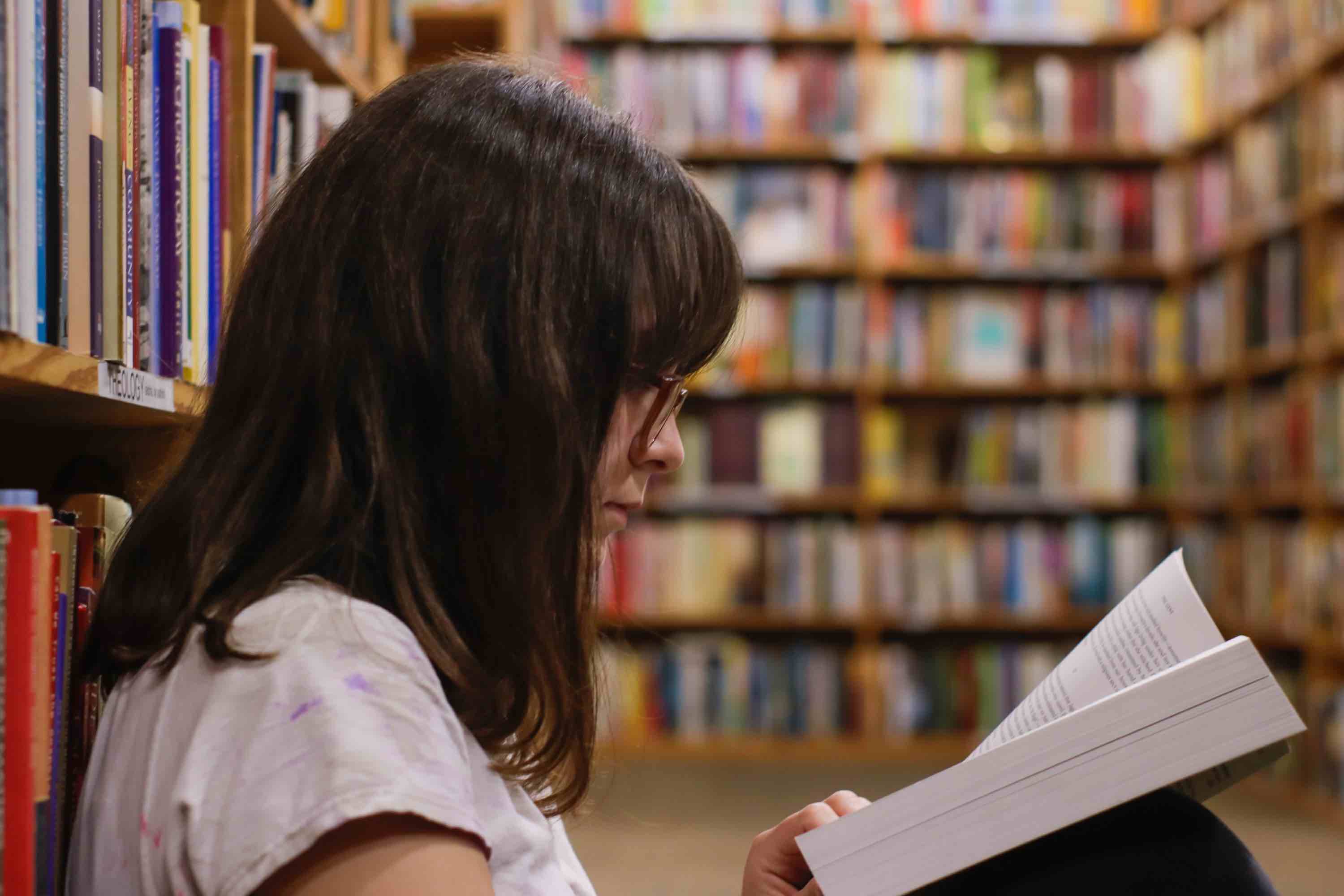Podcast: Language Structures
Grades K - 7
"Making meaning of text requires not only understanding individual words, but also comprehending sentences." (Hennessy, 2021).
Language Structures refer to sentence-level comprehension of text, including how the arrangement of words within sentences impacts the meaning. While vocabulary supports readers' understanding of individual word meanings, language structure understanding helps readers interpret the meaning of full sentences. The order of the words in a sentence can drastically change the meaning, so attention to the "rules" of the language helps children understand text, conversation and communicate effectively.

Syntax is the underlying system within a language of how words are arranged to make sense. This requires explicit teaching of taking sentences apart, unpacking their meaning, and connecting how the parts contribute to the overall meaning. Skilled readers "are able to process the meaning of sentences quickly and accurately, making inferences as they go" (Moats, 2020) whereas readers who have less understanding about the rule system of syntax exert extra energy rereading sentences to decipher meaning.
Grammar is the set of rules within a language of how words can be used, or the word order that conveys the intended meaning. Syntax determines whether a sentence is grammatically correct. Most grammatical knowledge can be learned from exposure to language, such as through read-alouds, conversation with proficient speakers, and other classroom listening and speaking experiences.
Semantics refers to the overall message of the sentence, including the tone and mood, as determined by the words used within the sentence. The study of semantics includes looking closely at words with similar meaning and determining where they subtly differ, or which would be most appropriate for the tone of the sentence.
As text increases in complexity, a reader's understanding of how words work within sentences supports meaning making with greater fluency. Children can gain understanding and practice with language structures through hearing language often during reading experiences (including read-alouds and mentor texts), play, conversations, firsthand experiences, multimodal texts, and explicit teaching of how sentences and words work together to create meaning.
Surrey Schools (SD36)
14033 92 Avenue
Surrey, B.C. Canada
V3V 0B7
Phone: 604-596-7733
We are the largest school district in BC and serve Surrey, White Rock and the rural area of Barnston Island.
Copyright © 2024 Surrey School District. Developed by the Surrey Schools Literacy Team. Admin.